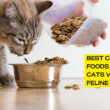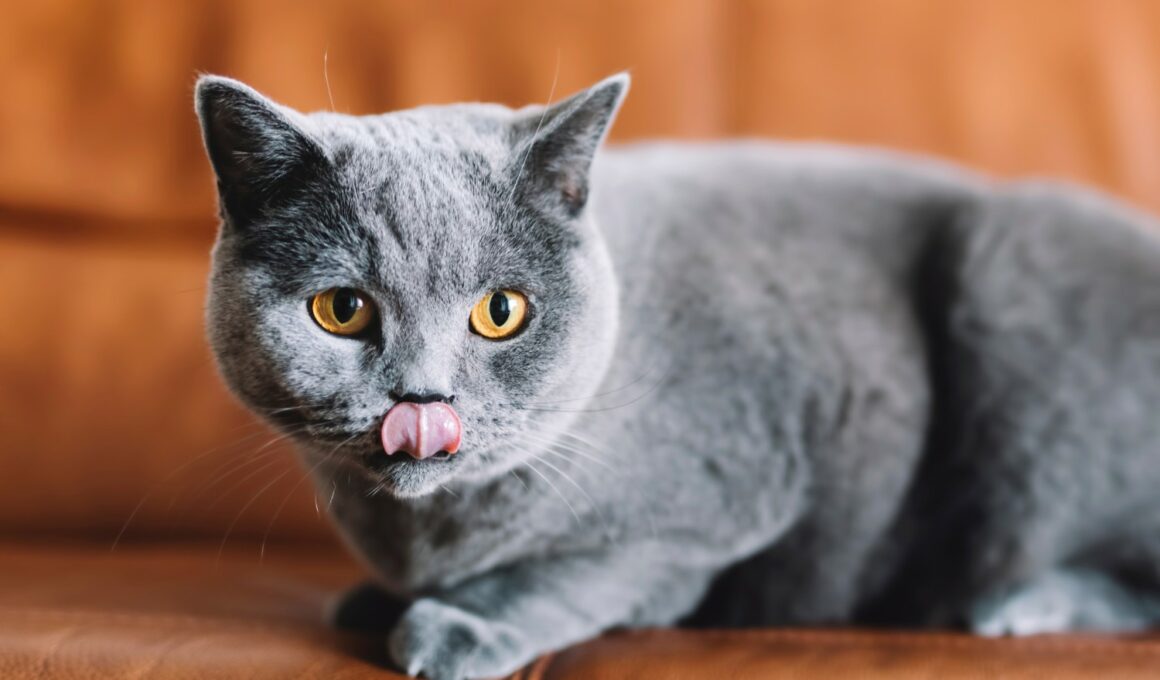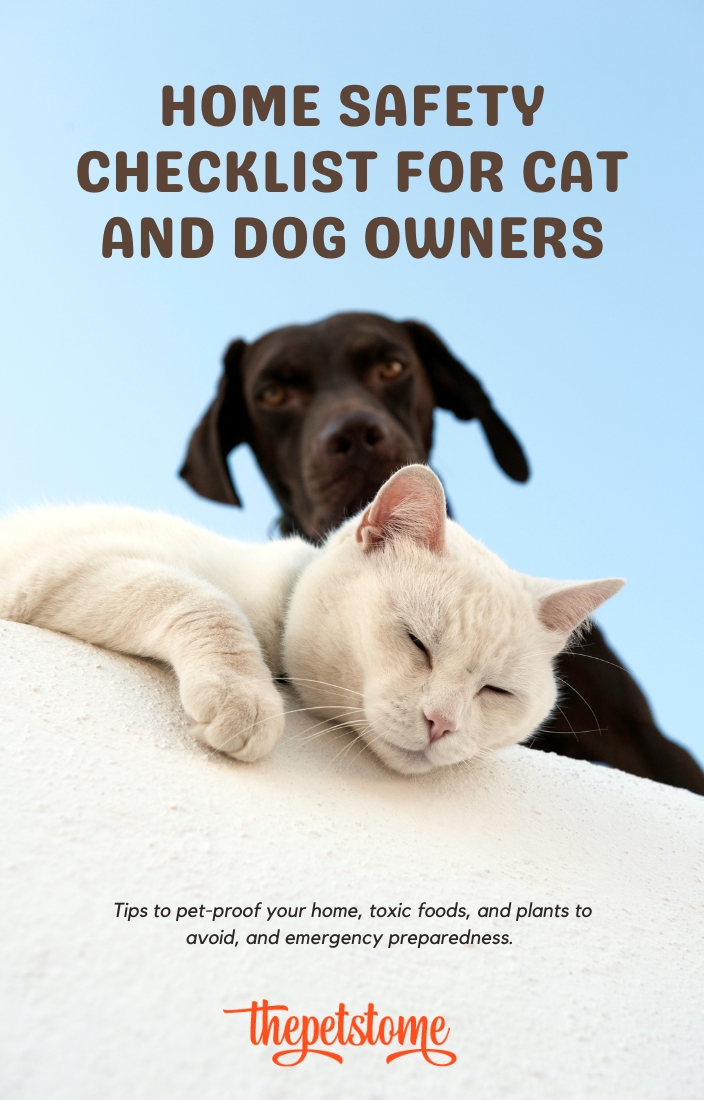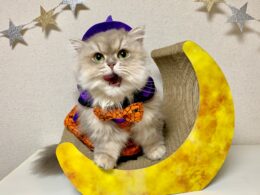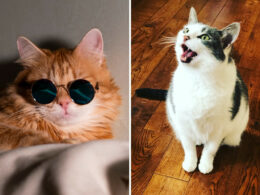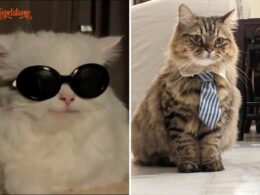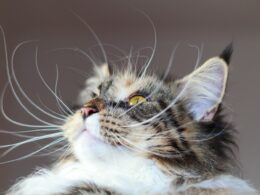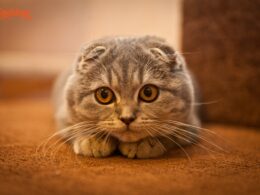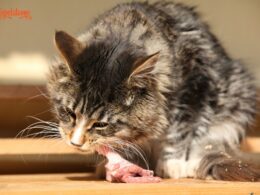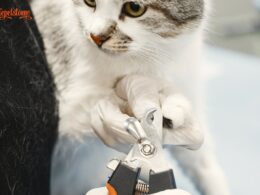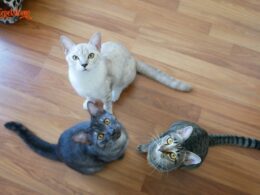Table of Contents Show
If you’re like me, a seasoned and devoted cat parent, you understand that our furry friends often develop a curious palate, sometimes eyeing foods that we least expect.
Recently, as I was feeding my turtle, I noticed my cat gazing intently, perhaps even enviously, at the turtle food. This amusing sight sparked my curiosity: can cats actually eat turtle food?
No, cats should not eat turtle food. While both are pets with dietary requirements, the nutritional composition of turtle food is tailored specifically for reptilian needs and lacks essential nutrients crucial for feline health, such as taurine.
Consistently feeding your cat turtle food can lead to nutritional deficiencies and other health issues. For the well-being of your feline friend, always provide cat-specific food and consult a veterinarian for any dietary concerns.
As someone deeply passionate about ensuring optimal health for our beloved cats, I decided it was worth investigating and sharing my findings with you. In this post, we will delve into the composition of turtle food, the nutritional needs of cats, and the potential risks and benefits of cats munching on turtle food.
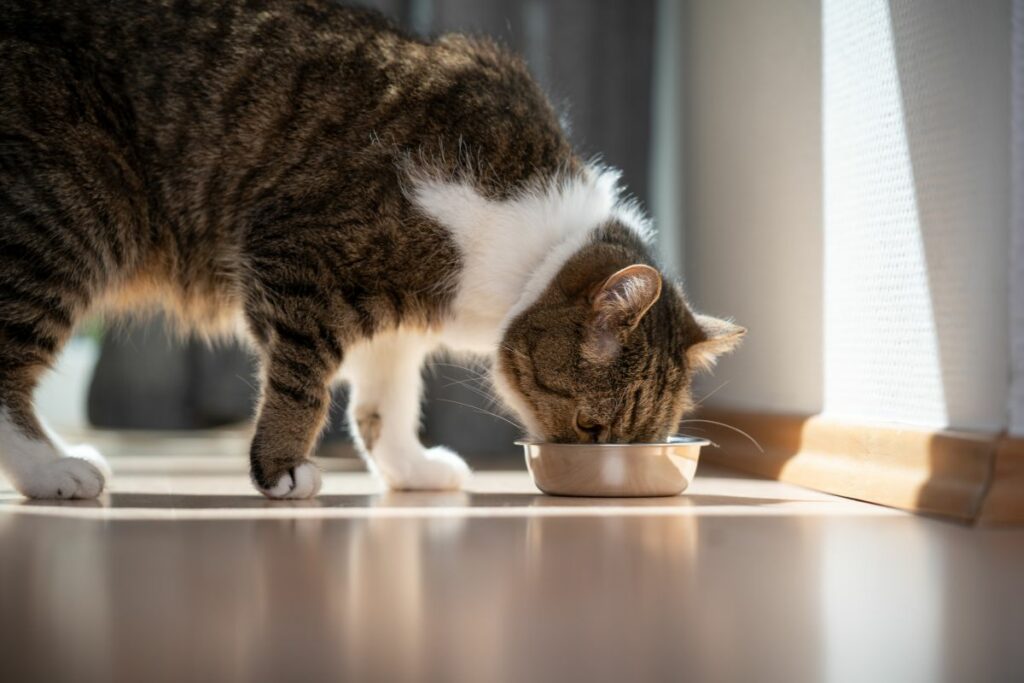
What is Turtle Food Made Of?
Turtle food, while varying slightly depending on the brand and purpose, primarily focuses on replicating the natural diet of turtles to meet their nutritional needs. Here’s a breakdown of common ingredients you’ll find in turtle food:
1. Protein Sources
Turtles, especially young ones, require a good amount of protein. Hence, turtle food often contains fish meal, soybean meal, and other protein-rich components.
2. Aquatic Plants
Turtles in the wild often feed on aquatic vegetation. Commercial turtle food may contain derivatives of aquatic plants to simulate this aspect of their diet.
3. Vitamins and Minerals
To ensure turtles receive all necessary nutrients, many turtle foods are fortified with essential vitamins and minerals. Common additions include calcium (for shell health), vitamin A, and vitamin D3.
4. Binding Agents
To keep the food in pellet form, binding agents such as wheat and corn are often used.
5. Additional Ingredients
Depending on the brand, some turtle foods might also include small amounts of fruits, other vegetables, or dried insects/shrimps to provide a varied diet.
It’s worth noting that while these ingredients are tailored for the health and well-being of turtles, they are not necessarily suitable or balanced for other animals, including cats.
Before introducing any new food to your pet’s diet, it’s always recommended to do thorough research or consult with a veterinarian.
Nutritional Needs of Cats
Cats, as obligate carnivores, have unique nutritional requirements that are distinctively different from many other pets. Understanding these needs is crucial for ensuring their optimal health and well-being. Here’s a closer look at the dietary essentials for our feline companions:
1. Proteins
At the heart of a cat’s diet are proteins. They require high-quality animal-based proteins to provide essential amino acids. These proteins support muscle growth, repair, and various metabolic processes.
2. Taurine
An essential amino acid for cats, taurine is critical for heart health, vision, and reproduction. Unlike many animals, cats cannot produce sufficient taurine on their own and need it directly from their diet.
3. Fats
Essential fatty acids, particularly arachidonic acid, are vital for cats. They provide energy, support cell growth, and help in the absorption of certain vitamins.
4. Vitamins and Minerals
While cats need a variety of vitamins and minerals, some of the most crucial ones include vitamin A (they can’t convert beta-carotene from plants into vitamin A), vitamin D, and calcium.
5. Water
Proper hydration is fundamental for cats. While they have a low thirst drive, ensuring they get enough water—either through wet food or drinking—is essential for kidney function and overall health.
6. Carbohydrates
Cats have a limited ability to digest certain carbohydrates since their natural diet in the wild is low in carbs. However, some commercial cat foods may contain carbohydrates as an energy source, but it should be in moderation.
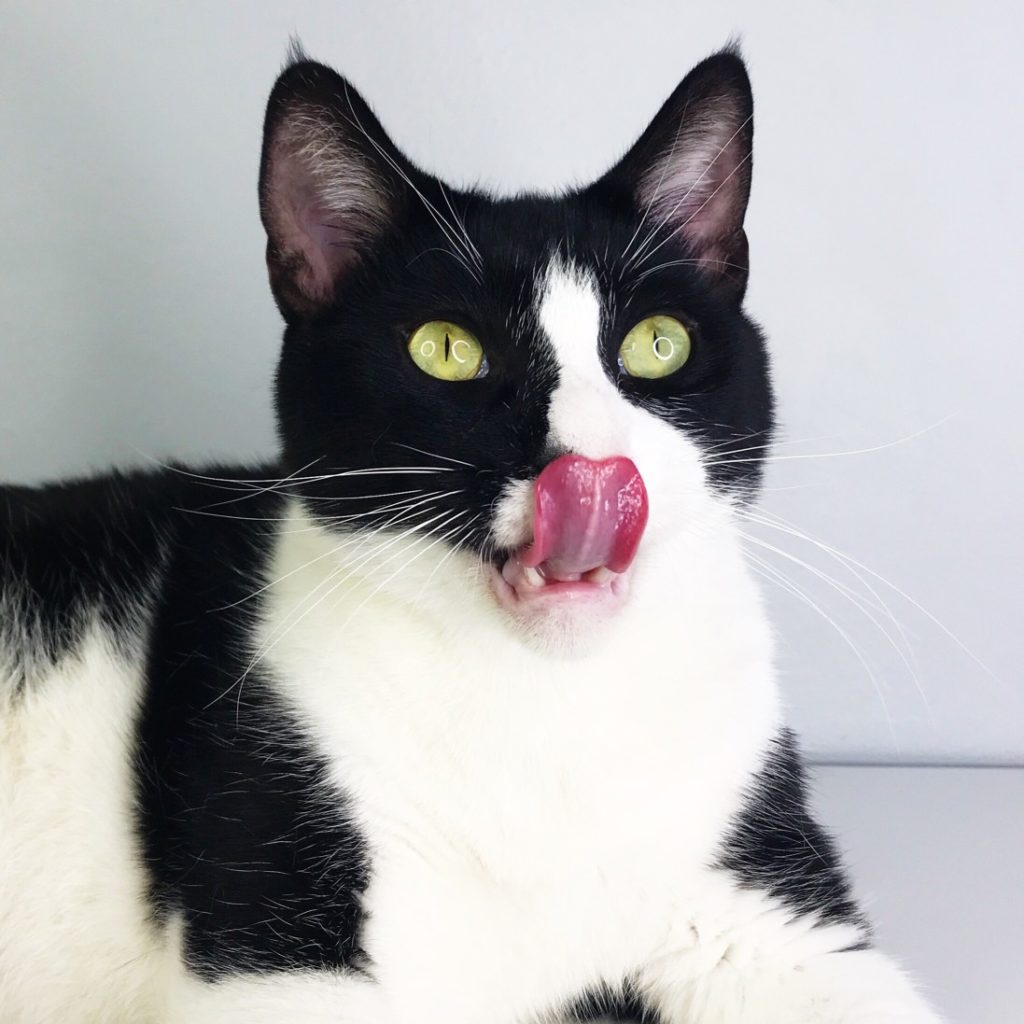
Is Turtle Food Ideal for Cats?
In the maze of pet care, it’s natural to wonder if certain foods might be interchangeable among our beloved animals. Given the fact that you also have a turtle as an aquatic pet, one might ponder: is turtle food suitable for our feline friends?
The simple answer is no. While both turtles and cats are cherished members of our households, their dietary requirements are poles apart.
Turtles and cats have evolved with entirely different dietary habits. Turtle food, whether in pellet form or as dried treats, is tailored to the nutritional needs of reptiles.
Cats, being obligate carnivores, have a diet primarily focused on meat. The proteins, fats, and other nutrients in turtle food don’t align with what cats require for optimal health.
Risks of Cats Eating Turtle Food
Dabbling in our pets’ quirky behaviors can be amusing, but when it comes to diet, it’s crucial to understand potential risks. While turtle food might seem harmless, feeding it to cats poses several concerns:
1. Nutritional Imbalance
As we’ve discussed, cats have specific dietary needs. Turtle food is formulated for reptiles, focusing on their health and growth requirements. Thus, a cat consuming turtle food may miss out on essential nutrients like taurine, leading to health issues over time.
2. Digestive Distress
Some ingredients in turtle food, not typical of a cat’s diet, can cause digestive problems. Cats might experience symptoms like vomiting, diarrhea, or stomach upset after consuming unfamiliar foods.
3. Potential Allergens
Although rare, some cats can develop allergies to uncommon proteins or other components present in turtle food. This could lead to allergic reactions characterized by itching, swelling, or respiratory issues.
4. Choking Hazards
Some forms of turtle food, especially larger or tougher pieces, could pose a choking risk or cause obstructions in a cat’s digestive tract.
While most commercial turtle foods are safe for turtles, there might be ingredients or additives that aren’t safe for cats. For instance, excessive amounts of certain vitamins or minerals meant for turtles can be harmful to cats.
5. Promotion of Bad Habits
Regularly allowing your cat to eat another pet’s food can promote bad habits, leading to food theft and potential aggression between pets. Relying on turtle food as a significant part of a cat’s diet can have long-term health implications, from malnutrition to organ dysfunction.
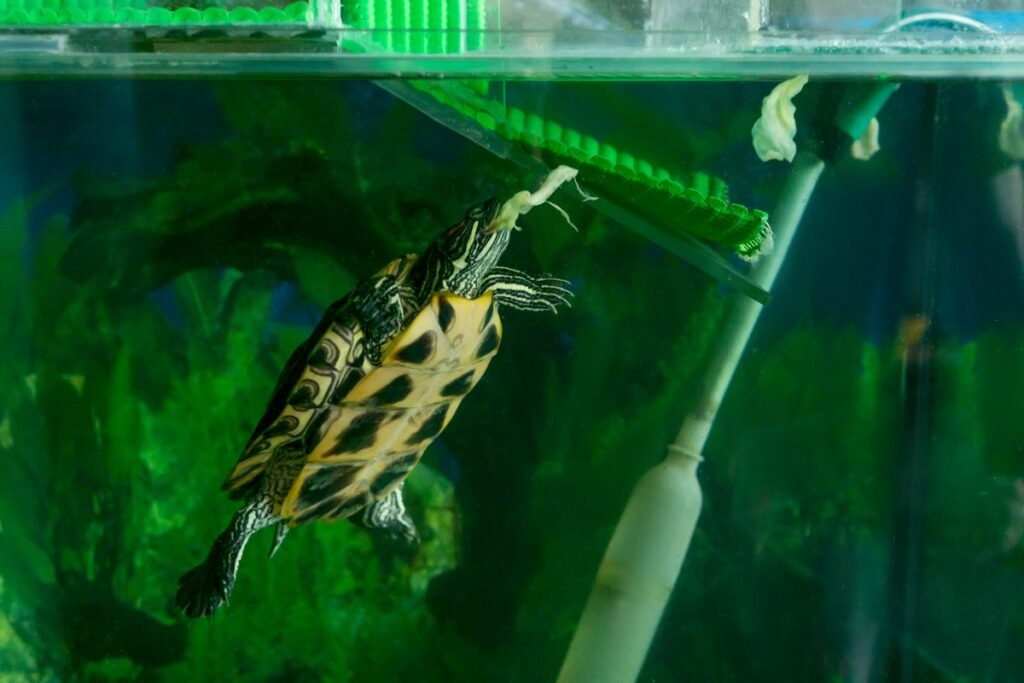
7 Safety Precautions When Keeping Cats and Turtles Together
Ensuring a harmonious environment for different pets can be challenging but is essential for their well-being. If you’re a proud owner of both a cat and a turtle, here are seven safety precautions to ensure their coexistence is peaceful and safe:
1. Separate Feeding Stations
Always feed your pets in separate areas to prevent food theft and reduce the temptation for your cat to nibble on turtle food.
2. Secure Turtle Habitat
Ensure your turtle’s tank or enclosure is cat-proof. Cats are curious by nature, and a secure lid or barrier can prevent them from trying to reach inside.
3. Supervised Interactions
Always supervise any direct interaction between your cat and turtle. While they might coexist peacefully, there’s always a risk of predatory behavior or accidental harm.
4. Keep Turtle Food Out of Reach
Store turtle food in a secure container and place it somewhere your cat can’t access. This prevents any unsupervised munching.
5. Regular Health Check-ups
Regularly take both pets for veterinary check-ups to ensure they’re healthy and not showing signs of stress or illness from their cohabitation.
6. Educate Household Members
Ensure all family members, especially children, understand the importance of keeping the pets’ environments separate and not cross-contaminating their spaces.
7. Hygiene First
Cats often use their paws to explore. If your cat happens to touch the turtle or its habitat, make sure to clean any areas the cat frequents afterward to prevent the spread of bacteria, like salmonella, which can be common with reptiles.
Frequently Asked Questions
Can kittens eat turtle food?
No, kittens, just like adult cats, should not eat turtle food. In fact, kittens have even more specific dietary requirements as they’re growing. It’s essential to provide them with kitten-specific food that supports their growth and development.
How often do cats try to eat other pets’ food?
Cats are curious creatures, and their interest in different foods varies from one individual to another. While some cats might frequently attempt to sample other pets’ food out of curiosity, others might show no interest at all. It’s always best to monitor their behavior and take preventive measures.
Are there any safe human foods that cats can eat?
Yes, some human foods are safe for cats in moderation. These include cooked lean meats like chicken or turkey, certain fish (avoiding those high in mercury), and some vegetables. However, many human foods are toxic to cats, such as onions, garlic, chocolate, and grapes. Always consult with a veterinarian before introducing new foods to your cat’s diet.
What should I do if my cat has eaten a large amount of turtle food?
If your cat has consumed a significant amount of turtle food, monitor them closely for any signs of distress, such as vomiting, diarrhea, or unusual behavior. While a one-time ingestion might not be immediately harmful, it’s always best to consult with a veterinarian to ensure your cat’s safety and well-being.
Final Thoughts
In the vast world of pet care, it’s essential to understand and respect the unique dietary needs of each of our furry or shelled companions.
While our cats’ curiosity might lead them to explore different foods, including turtle food, it’s our responsibility as pet parents to ensure they receive nutrition tailored to their specific needs.
By doing so, we not only maintain their health and happiness but also foster a safe and harmonious environment for all our beloved pets.


